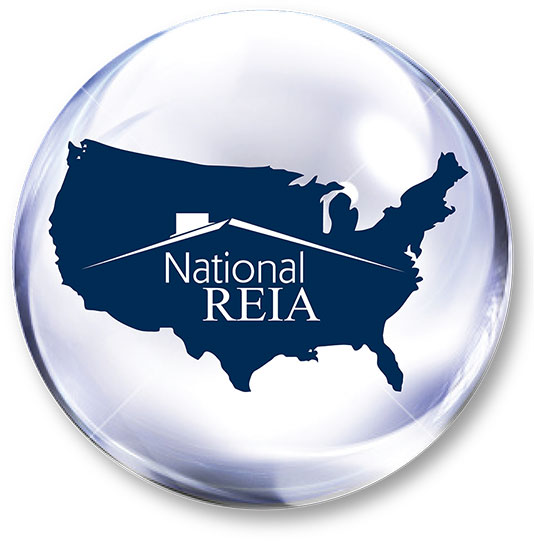PRIVATE ROADS AND ROAD MAINTENANCE AGREEMENTS - DO THEY PROTECT PROPERTY RIGHTS?
By Doug Owens
Sometimes residential developments include private roads as the access to the homes. There may be road maintenance agreements between the owners. Such agreements can include language to restrain the adjoining property owners from encroaching on the common access by building fences or other obstructions. A recent case indicates that such agreements may fail if the adjoining owners are not vigilant.
In this case two owners had property on the opposite sides of the non-exclusive easement for access, and the properties were at the closed end of that easement. There was a turnaround area at the closed end of the easement. There was also a road maintenance agreement that precluded adjoining owners from blocking the common easement or unreasonably interfering with its use.
One of the two owners in this case built a chain link fence along the side of his property that extended into the turn around area. Two years later that owner sold his property and the new owners built a residence there. These new owners landscaped their property, placed boulders in the common access easement and replaced the chain link fence with a wooden fence for part of the length and planted arborvitae trees along the remainder.
Slightly more than ten years after the initial chain link fence was built, the across the road neighbor began an arbitration case under the road maintenance agreement against the fence owners. The claim by this neighbor was that the encroachment of the fence and the placement of the boulders violated the road maintenance agreement.
The case was heard by three arbitrators who decided that the boulders needed to be removed and the fence should be removed if it were established by a proper survey paid for by the complaining neighbor that the fence did encroach on the common easement. One of the arbitrators disagreed and stated that it was possible that the fence owning neighbors actually had title to that part of the easement that was within the fence through adverse possession. The arbitrators did not decide the issue of adverse possession one way or the other because they said it had not been fully presented in the arbitration.
The complaining neighbor did have a survey done and it did establish that the fence encroached on the common easement, in violation of the road maintenance agreement. The complaining neighbor notified the fence owners that if they did not remove the fence and the encroaching trees he would do so. The fence owners wrote back warning the complaining neighbor that they claimed title to the land inside the fence under adverse possession and that if the complaining neighbor removed the fence they would sue him for trespass. The complaining neighbor quickly removed the fence and cut down the trees.
The former fence owners sued for trespass damages and to establish that they owned the land within that part of the common easement through adverse possession. The trial court agreed that the fence owners did own the land through adverse possession but denied the claim for damages for trespass. On appeal, the Court of Appeals agreed that the fence owners did own the land through adverse possession, but reversed the trial court’s dismissal of the lawsuit for damages for trespass. The court held that where the occupation of the easement was through construction of a fence that was maintained for the statutory ten years, that met the requirements for adverse possession. The more interesting issue was trespass. The court held that even though the arbitrators had said that if the survey showed the fence was within the common easement area, the complaining owner could remove it, once it was claimed by the other owners that they held tide by adverse possession the complaining owner was at his own risk of being held to have acted unlawfully if he removed the fence.
The teaching of this case is that if a survey of a common easement shows a fence encroachment, a wise buyer will investigate the history of the property to see if the fence has ripened into an adverse possession transfer of tide. The preceding is intended to be educational and should not be considered legal advice.
About the Author…
Doug Owens practices real estate law and general business law from his office in Seattle. He offers a 20% discount for REAPS members and he can be reached at 206-985-6679 or [email protected].
“REAPS is the oldest – and largest – Professional Association for the real estate investor this side of the Mississippi.” We provide education and networking resources for real estate investors, those who want to be investors and anyone who provides value to our members. Our goals are to motivate and support our members and guests through education, discussion, legislative action and networking. We host over 40 live events a year around Puget Sound and they are all open to the public. If you’ve never attended one of our meetings, just email our office at [email protected] and be our guest for free.”


